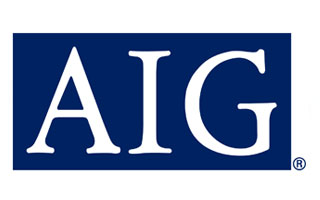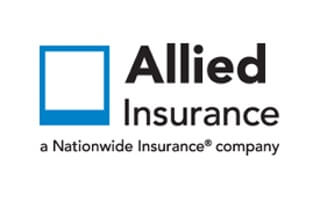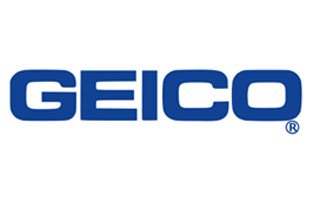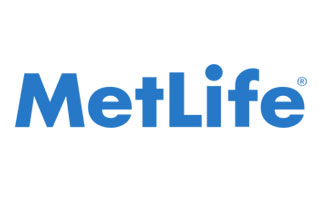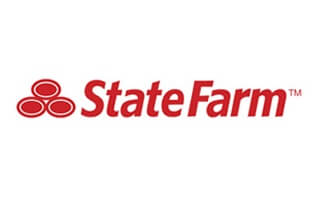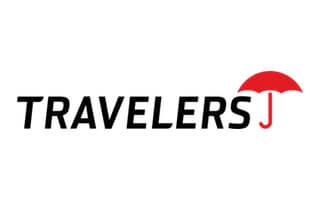Professional Mold Removal
With few exceptions, inspection and mold remediation should only be done by licensed contractors with certified technicians. We’re always in full compliance with EPA and OSHA standards. Each home and business is different, but our overall process is one of testing, preparation, removal, and restoration along the following line.
What is Mold and Why Is It Such a Problem?
Mold is a type of fungus and doesn’t need light to grow. It lives off of dissolved nutrients and actually prefers the dark, growing by literally eating building materials, cloth, paper, and so on. All it needs to get going is moderate temperatures a source of moisture such as leaky plumbing or roofing, a burst washer or dishwasher hose, a tub overflow, or just high humidity in the bath due to poor ventilation.
Most species spread by releasing seeds called spores that are so small that they can’t be seen. They spread far and wide, throughout a building, floating on air currents that you can hardly feel. Most notably, those mold spores are released as the fungus is drying out and dying! They will eventually settle somewhere, and simply wait for moisture to start the cycle all over again.
Is Mold Restoration Covered by Insurance?
That, of course, depends on your policy and its exact wording. Our experienced staff will be glad to assist you to help determine what your policy covers, and work directly with your insurer if coverage appears likely. And our highly competitive rates help as well
Disaster Kleenup Better Restorations, Your Certified Mold Removal Experts
We’ve been in business, locally owned and operated, since 1974. We know we’re still around only because we take proper care of our clients and their property. We’re insured and fully licensed as a general and restoration contractor, with certified mold removal technicians. That includes CMRS certified mold remediation supervisors as well as IAQC certified mold remediation specialists. Our company is a member of some dozen professional organizations including the IICRC and the RIA.
For those sudden incidents our water damage experts are ready 24/7 for rapid drying to avert mold problems. Our emergency services also include expert leak detection using the latest in electronic instruments for those nagging smaller problems.



